When thinking about public parks, certain standard features come to mind: green space, walkways, benches, and perhaps even some commemorative statues. In Chicago’s Lincoln Park, you’ll certainly find all this, but there’s something else that seems a little out-of-place. On the grounds sits a lone mausoleum, dating back to the mid-19th century. Stranger still is one particular incident that occurred in this park … a vampire hunt!
What helps explain things is that the southern part of Lincoln Park used to be the Chicago City Cemetery. Burials began at the cemetery in 1843, lasting until roughly 1866. After that point, work began to move the bodies and stones elsewhere, freeing up the land for park space. During the process, the Great Chicago Fire of 1871 occurred, destroying many of the tombstones. This mausoleum, known as the Couch Tomb, now remains as the only visible evidence of the cemetery and the oldest structure in the fire zone.
The mausoleum dates to 1858, when it was built for a successful hotelier named Ira Couch. It’s not clear why this one tomb was left in place, though it’s been suggested that the structure was simply too costly to move. It’s also unknown how many burials are within it. Interestingly, there may be other interments left at Lincoln Park beyond the Couch Tomb. It’s been asserted that there are possibly thousands of bodies still buried there, missed during the cemetery’s move. This thought certainly adds some solemnity while strolling the grounds.
Let’s now shift to 1888, when our Chicago investigation takes a turn towards vampire lore. It was during this year that local justice of the peace, Albert Thalstrom, held a gathering at his Lakeview-neighborhood bookstore. Thalstrom was a believer in the supernatural and regaled the audience with tales of vampires, presented as fact. A man named Samual Patton then took the floor and explained how spirits caused the death of his children. He also discussed how a vampire had been tormenting him for years. Patton was selling a special kind of varnish he created. He claimed that peering through glass coated with this varnish would reveal the otherwise invisible Lakeview Vampire. Some in the audience did purchase this product, though it appears results were inconclusive.
After this event, Lakeview’s general concern about the vampire died down – until one fateful weekend. On a Friday evening of that same year, a man named Claes Larson failed to return home. After waiting up for him the entire night, his wife feared that Claes had fallen victim to the vampire. On Saturday, neighbors started searching for him. He had been at a local bar the previous night, and the bartender reported that Claes was in poor spirits. Later, the missing man’s shirt was found near a tree, while a hat and bloodstained boot were found elsewhere. To assist with the effort, a group of children searched the grounds of Lincoln Park, attempting to locate the vampire. As the Chicago Tribune reported:
A band of courageous lads, all under 10 years of age, was organized under the name of the “Vampire Hunters.” Its mission was to scour Lincoln Park in search of the monster. Its captain fortified the members by reciting to them the story of St. George and the dragon and narrating the adventures of classical heroes in the destruction of extraordinary animals.
On Sunday, Mrs. Larson reported her missing husband to the police. Apparently, vampire talk raged throughout the day. Then on Sunday evening, the supposed vampire victim showed up, unharmed, back at his house. Mrs. Larson apparently fainted. Turns out Claes had been on a weekend-long binge, and had no idea he had incited a vampire panic.
It would seem the young vampire hunters’ efforts proved unfruitful. It’s unclear where in particular they searched, but given that the Couch Tomb would have likely been the most prominent feature left of the cemetery stonework, one wonders if they focused their efforts around that structure. For modern visitors wanting to see for themselves, the tomb is easy to find. It’s at the south end of the park, visible from the road and marked on Google Maps. There are some informative plaques near the tomb.
Lincoln Park certainly has an interesting past. It’s strange to think that the open green space was once filled with graves. The Couch Tomb serves as a singular reminder of that fact. Then, of course, the vampire scare adds an unexpected element to the history. It would seem this park held a fascination, then and now.
(If you’d like to learn about other vampire tales, please take a look at my book, Vampires of Lore: Traits and Modern Misconceptions.)
Location:
2045 N Lincoln Park West
Chicago, IL 60614
Sources:
Bannos, Pamela. Hidden Truths. http://hiddentruths.northwestern.edu.
Chicago Quirk. “Guess what? There are thousands of bodies under Lincoln Park.” Chicago Now. October 29, 2012. http://www.chicagonow.com/chicago-quirk/2012/10/guess-what-there-are-thousands-of-bodies-under-lincoln-park/.
“Couch Tomb.” The Official Website of the Chicago Park District. Accessed July 28, 2019. https://www.chicagoparkdistrict.com/parks-facilities/couch-tomb.
Loerzel, Robert. “A Conservatory, a Zoo, and 12,000 Corpses.” Chicago Reader. May 15, 2008. https://www.chicagoreader.com/chicago/a-conservatory-a-zoo-and-12000-corpses/Content?oid=1109775.
Selzer, Adam. “The Vampire Hunt in Lincoln Park, 1888.” Mysterious Chicago Tours. October 1, 2012. http://mysteriouschicago.com/the-vampire-hunt-in-lincoln-park-1888/.
“Vampire of Lake View.” Chicago Tribune. November 4, 1888. https://www.newspapers.com/clip/26816545/chicago_tribune/.
Written by A. P. Sylvia

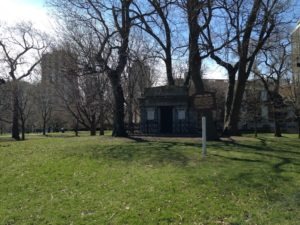
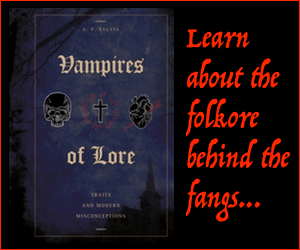
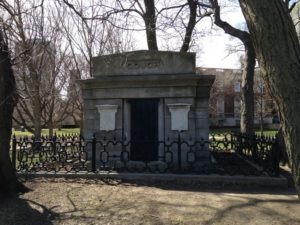
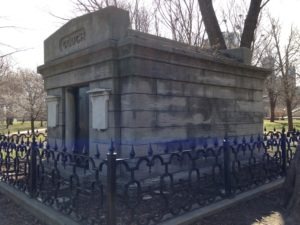
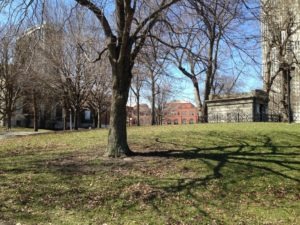
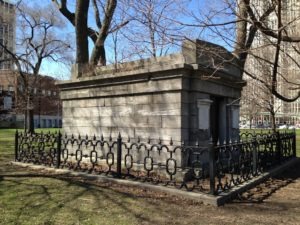
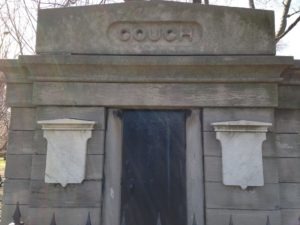
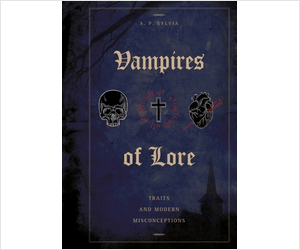
Thanks for sharing this fascinating story!